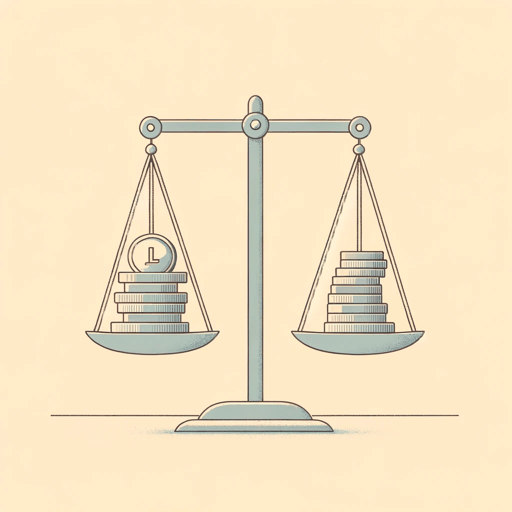70 pages • 2 hours read
Henry GeorgeProgress and Poverty
Nonfiction | Book | Adult | Published in 1879A modern alternative to SparkNotes and CliffsNotes, SuperSummary offers high-quality Study Guides with detailed chapter summaries and analysis of major themes, characters, and more.
Themes
Unequal Wealth Distribution in Industrialized Societies
The stark contrast between the immense material wealth produced by industrialized societies in Europe and North America and the extent of poverty and squalor, especially in urban centers like London and New York, led several thinkers to investigate this apparent paradox. For Henry George, this key theme is alluded to in the very title of this book, Progress and Poverty. For this reason, it is important to briefly examine the socioeconomic conditions in 19th-century industrialized countries, other thinkers’ views on this phenomenon, and George’s analysis thereof.
The Industrial Revolution occurred in two waves between 1760 and 1840 and 1870 and 1914. This period was one of mass industrial production, technological advancement, infrastructural amelioration—such as the railway tracks and telegraph lines that George mentions—and increased urbanization. At the same time, despite technological achievements that improved labor efficiency and effectiveness, the 19th century featured economic depressions and falling worker wages. Laborers barely scraped by. Workplaces were unsafe and child labor was common (the United States only banned child labor in 1938). The eight-hour workday was only gradually introduced in the early-20th century.
These conditions of unrestrained capitalism led different thinkers to offer explanations and solutions.
Featured Collections
Books on Justice & Injustice
View Collection
Business & Economics
View Collection
Contemporary Books on Social Justice
View Collection
Equality
View Collection
Philosophy, Logic, & Ethics
View Collection
Politics & Government
View Collection
Popular Study Guides
View Collection
Poverty & Homelessness
View Collection

